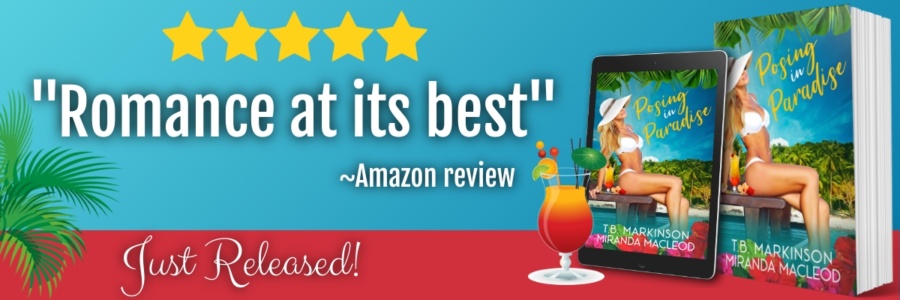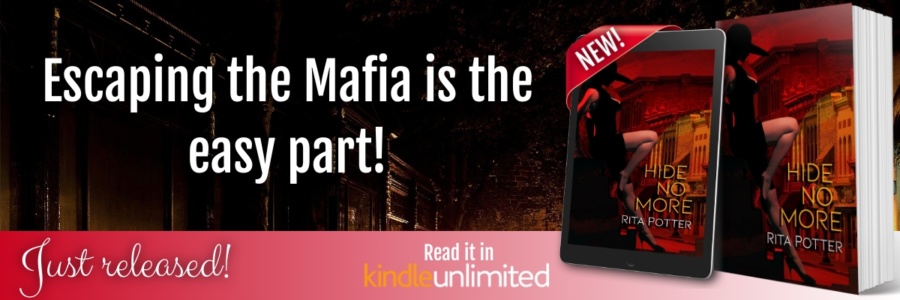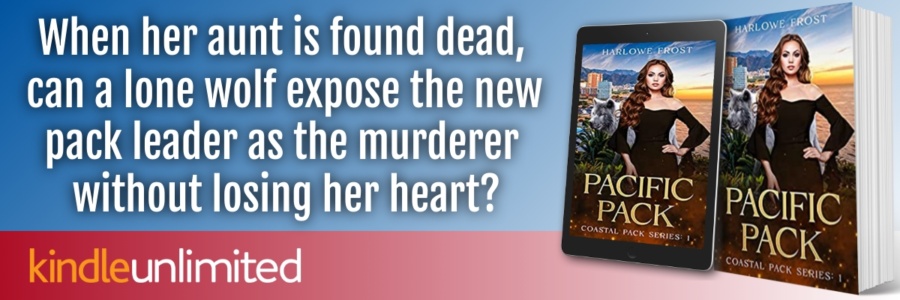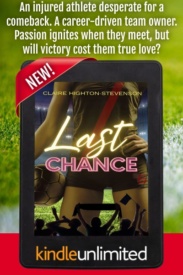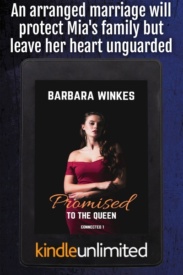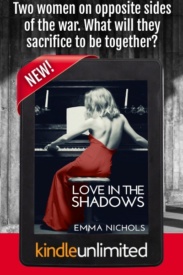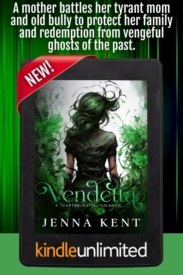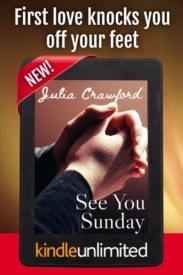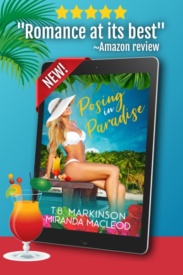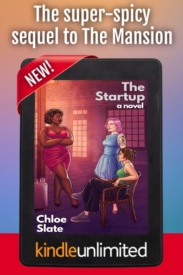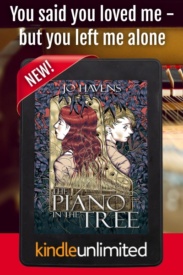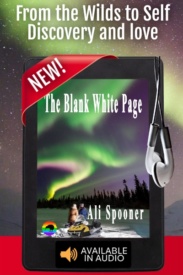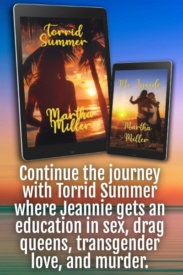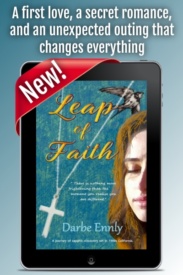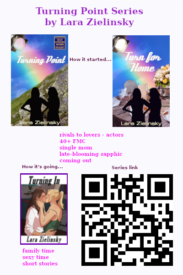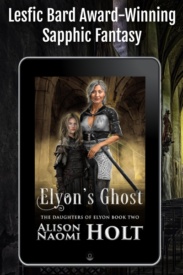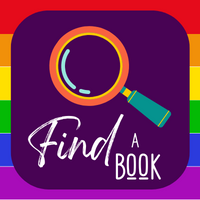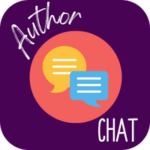
Get ready to learn more about the book Threadbare in this discussion with sapphic author Elle E. Ire.
Join us for an exclusive peek behind the scenes as we quiz Elle E. Ire about Threadbare, writing, reading, and more.
This book is part of the Neurodivergent Main Character category in the 2024 IHS Reading Challenge.
Why did you write Threadbare?
The character of Vick Corren appeared in my head, fully formed and ready to kick ass, when I was in college. And if you know me, you know that was a looong time ago. At that age, in that sheltered world I lived in, I had neither the mindset nor the writing skill to do her justice. But she yelled and screamed and demanded to be given a life on the page. She was also the first of my characters who quietly whispered that she was bisexual and that I should write her that way. And oh, by the way, author, you probably are, too.
Vick begins her story having already been broken and beaten down by the world she lives (and died) in. She has so very many mental and physical challenges to overcome and yet, she perseveres. She glues her pieces together. She fights back. And when she hits the wall, she reaches out–something I, personally, am not so great at. But it’s so very important. And I think we need more characters who seek help and lean on others and come back from their darkest hours.
I wanted to write a character who struggles and succeeds, not in overcoming those challenges, because some traumas never leave us–and I absolutely did not want to gloss over or put a Bandaid on significant trauma. But I wanted to make her someone who builds herself a new reality, finds ways to navigate the life she has and the person she’s become, and discovers she deserves happiness and love.
Who is your favorite character in the book?
Vick Corren isn’t only my favorite character in this book. She’s my favorite I’ve ever written, full stop, for all the reasons I explained in my previous answer above. On the exterior, she is not similar to me at all. She’s strong where I’m weak. She’s brave where I’m not. But setting the trauma aside, because I can’t imagine anyone wanting to go through what she has, Vick is everything I’d love to be: badass as hell, physically fit, agile, graceful, heroic.
She’s my most complex character. On the outside, she seems to have it together, and she will get the job done, regardless of the consequences to herself. On the inside, she’s a hot mess, questioning her humanity, her sanity, and her worthiness. Are we a little bit alike inside? Yeah, maybe. The reader can read Vick’s internal dialogue and know what she feels even when she doesn’t recognize it. Sometimes I envy that.
What was the biggest challenge writing this book?
THREADBARE involves two points of view and two intertwining timelines. Making those clear for the reader to follow, switching voice for the two characters, and making the timelines come together around the two-thirds mark were significant challenges. I had to scrap about thirty pages when they didn’t match up correctly, back up, and rewrite large swaths of the book. Second time was the charm, and it came together, but it’s the most difficult plot structure I’ve ever tackled.
That, plus beginning every chapter with an orienting phrase like “I am—blank,” or “Vick is–blank.” (You’ll see what I mean if you read it.) By the end, I was kicking myself for creating that repeating element because coming up with new phrases was a BEAR. I swore I’d never do that to myself again. And now I’m doing it in a different way with my current work in progress, so I guess I never learn.
How did you come up with the title for your book?
THREADBARE references Vick’s sanity which is depicted to her as a thick cord of intertwined threads by the AI that has replaced large portions of Vick’s very damaged brain. As her sanity leaves her, the threads begin to fray and eventually snap–hence the name, THREADBARE. I wanted something representative of her mental health challenges, because at its core, this book (and the entire series, really) is about those challenges (and love and badassery, but…) The rest of the series follows suit with the titles PATCHWORK and WOVEN for books two and three, respectively.
What’s your favorite writing snack or drink?
I try very hard not to snack on things when I’m writing because I write a lot! If I snacked every time I wrote, I’d gain so much weight. But occasionally I enjoy cheese and crackers, or if I’m being really bad, jellybeans. Cinnamon and buttered popcorn are my two favorite flavors of Jelly Belly jellybeans. Those I try to use as a reward. You wrote a paragraph? Good job! Have a jellybean!
Coffee or soda are my go-to drinks because I need the caffeine. I like white chocolate mochas for coffee and Coke Zero for soda. I can’t drink alcohol and write. If I’m stationary, alcohol puts me to sleep.
Do you have a pet who helps/hinders your typing?
We have two Chinese Crested Powderpuff dogs in our home, and yes, I know the breed name sounds more like a dessert than a canine. Kila (named after a character in my book, VICIOUS CIRCLE) is 14 and still acts like a puppy, jumping up for pets with all four paws off the ground. Ash is 10 and also very energetic. Both love to lay their heads across my lap between me and the computer screen when I’m writing.
Have you ever cried when writing an emotional scene?
I’m not a crier. Like Vick, I don’t tend to show my emotions often, and on the rare occasions I do, it’s only to people I trust completely which are very few. But I do try to put at least one very heart-wrenching scene in each book. This series got a couple per book, probably because Vick tries so damn hard, and though she doesn’t believe she’s human, she’s humanly fallible. And when she screws up, she REALLY screws up.
That’s the kind of scene that will make my eyes well up–when the character has the best intentions, does everything in her power to succeed . . . and fails. It’s unfair. It’s unjust. But it’s reality. We can give it our all and still not get what we deserve. That’s part of being human. And hopefully we pick ourselves up and keep going, or we reach out to those who can pull us up and put us back on our feet.
Do you feel bad putting your characters through the wringer?
Sometimes I feel a twinge of guilt for what I put my characters through, especially Vick. But, I mean, that’s my job, right? If she started the book happy, led a happy life, and ended the story just as happily, what would the reader get out of it? It wouldn’t be very interesting. The point is to throw obstacles at her and see what she does with them and let readers vicariously experience that sense of accomplishment, growth, and joy in her success or sorrow in her failures. She has a brain injury. It’s permanent. She will never be the person she was prior to the accident that caused it. But she might learn to live with and love the person she’s become. Besides, it’s science fiction/ROMANCE, so the genre dictates that Vick will, at the very least, get a “happily-for-now” ending.
I do question my own psyche when I come up with something particularly terrible to do to a character like Vick. When she suffers, it’s rarely short-lived. Her traumas fade but they never leave–like most traumas. And I absolutely would never want to meet her in a dark alley, in case she decided to get even.
What books have you read more than once in your life?
I actually never read books more than once. There are SO MANY wonderful authors and books to discover, and there will never be enough time to read them all. I honestly don’t understand rereading books for the story. However, I do occasionally skim through books I’ve already read when the author has done a particularly good job at something. When I was trying to master pacing in a manuscript, I went over and over one of my favorite urban fantasies, BLACK BLADE BLUES (Sapphic blacksmith and witch characters, you should read it.) The author did a great job with maintaining the pace of the action while giving readers opportunities to breathe, and studying that technique helped me a lot. I’ll also reread specific scenes for the technique and skill–a dramatic moment, a sex scene, an action sequence–and try to learn from that. “This” had an emotional impact on me. Okay, why? What did the author do? How did they do it, and how can I accomplish that in my own work?
Have you ever thought you’d hate a book, but ended up loving it?
There have been a few. GIDEON THE NINTH was so bizarre in the first few chapters, even for an avid science fiction reader like me, that I didn’t know what to make of it. As soon as I wrapped myself around the book’s uniqueness, I absolutely loved it. I recommend it to everyone.
I’m also not a fan of the enemies-to-lovers trope. I usually hate all the characters at the beginning of the book, and that’s a difficult hurdle for an author to overcome with me. I want someone to root for from the get-go. However, there have been a very few who have managed to demonstrate such significant character growth quickly enough that I’ve fallen in love with the book.


